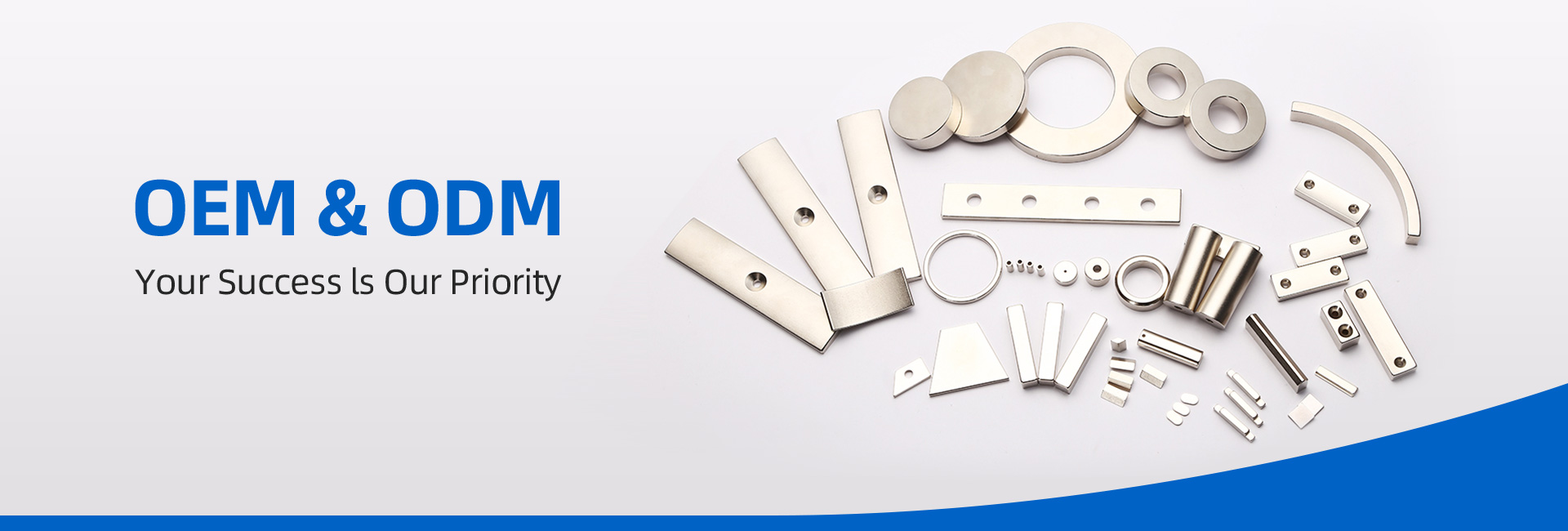From Raw Material To Final Item: Inside The Neodymium Magnet Supply Chain
Neodymium magnets, sometimes called rare earth magnets, are becoming an indispensable component in several modern technologies, from electric vehicles and wind turbines to medical devices and consumer electronics. These powerful magnets owe their exceptional magnetic properties on the rare earth element neodymium, the industry critical component inside their production. In this article, we’ll have a deep dive in the neodymium magnet supply chain to know how these remarkable magnets are made, in the extraction of raw materials on the end product.

1. Raw Material Extraction
The neodymium magnet supply chain commences with the extraction of recycleables. Neodymium is especially sourced from two minerals: bastnasite and monazite. These minerals are normally present in deposits located in countries much like the Usa, Australia, and Brazil. The mining process can be complex and environmentally challenging, due to the have to separate rare earth elements off their elements within the ore.
2. Refining and Separation
As soon as the raw materials are extracted, they undergo a refining way to separate neodymium using their company rare earth metals and impurities. This is crucial because the purity of neodymium significantly impacts the product quality and gratification with the magnets. Advanced separation techniques, like solvent extraction and ion exchange, are widely-used to reach the desired neodymium purity levels.
3. Alloy Production
After neodymium is separated, it is along with elements, for example iron and boron, to generate the neodymium magnet alloy. The actual composition of the alloy is carefully controlled to make magnets with varying magnetic properties, targeted at specific applications. The alloy is usually produced through techniques like melting, powder metallurgy, or strip casting.
4. Magnet Manufacturing
Once the neodymium magnet alloy is prepared, it’s here we are at magnet manufacturing. This implies several key steps:
Powder Production: The alloy is ground into a fine powder to improve its magnetic properties.
Pressing: The powdered alloy is pressed in to the desired decoration using hydraulic presses or any other suitable equipment.
Sintering: The pressed components are heated to high temperatures inside a controlled atmosphere to consolidate the particles and enhance magnetic alignment.
Machining and Coating: After sintering, the magnets may undergo additional machining to achieve precise dimensions. They are often coated with materials like nickel to shield against corrosion.
5. Quality Control
Quality control is a critical aspect of the neodymium magnet logistics. Magnets are put through rigorous testing to make certain they fulfill the specified magnetic properties and quality standards. Common tests include measurements of magnetic strength, coercivity, and magnetic field uniformity.
6. Distribution and End-Use
Once the neodymium magnets pass quality control, they may be offered to manufacturers across various industries. These magnets find applications in a wide range of merchandise, from speakers and headphones to MRI machines and aerospace components.
7. Recycling and Sustainability
The neodymium magnet logistics isn’t complete without considering sustainability and recycling. Given the growing need for rare earth elements along with the environmental impact of mining, you will find there’s growing give attention to recycling neodymium magnets from end-of-life products. This can help decrease the addiction to primary raw material sources and minimizes environmental impact.
In summary, the neodymium magnet supply chain is often a complex and intricate process that transforms unprocessed trash into essential aspects of today’s technology. From your extraction of rare earth metals to the manufacturing of high-performance magnets, each step requires precision and expertise to offer magnets that power innovation across industries. Because the demand for neodymium magnets keeps rising, the availability chain’s sustainability and responsible sourcing may play an extremely important role in shaping the industry’s future.
For more information about magnetic feeding reminder go to see our web portal
